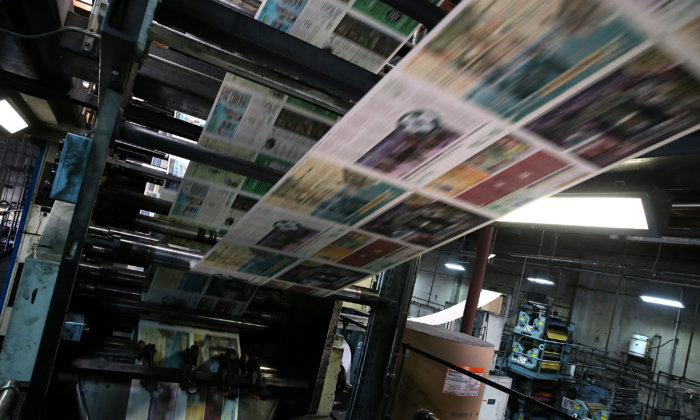Investors seem to be riding high on the belief that the Federal Reserve is done with interest rate hikes and that inflation is under control. This optimism has fueled a surge in the stock market since October 13, with many referring to the current market conditions as a “Santa Claus rally.”
However, some financial experts are cautioning against getting too carried away with this market exuberance. The term “irrational exuberance,” famously coined by former Fed chairman Alan Greenspan in the mid-1990s, comes to mind when assessing the current market sentiment. It’s a reminder that optimism can sometimes lead to overvaluation and risky investment behavior.
Despite the positive market momentum, there are concerns that the current surge may be premature. One contributing factor to the recent buying frenzy is the historical trend of markets being higher on December 31st in presidential election years compared to January 1st. While this trend may hold true for past years, it’s important to approach the market with caution given the uncertainties that lie ahead.
One of the factors contributing to the market’s recent surge is the belief that the Federal Reserve has put a cap on interest rate hikes and that the inflation issue is under control. Since October 13th, the stock market has experienced remarkable growth, contributing to what many are calling a “Santa Claus rally.”
Despite this optimistic sentiment, some financial experts have sounded a note of caution, citing the possibility of “irrational exuberance.” Coined by former Fed chairman Alan Greenspan in the mid-1990s, this phrase serves as a reminder of the potential risks associated with overly optimistic market behavior.
While investors may be riding high on the current market surge, it’s important to consider the historical context. In the past, presidential election years have seen the market closing higher on December 31st compared to January 1st of the same year. However, it’s important to exercise caution and consider the broader economic uncertainties at play.
The prevailing sentiment in the market is that the Federal Reserve has completed its cycle of interest rate hikes and that inflation remains within manageable levels. This belief has fueled a significant uptick in stock market activity since October 13, with many describing the current conditions as a “Santa Claus rally.”
However, amid the optimism, there are voices of caution warning of potential “irrational exuberance.” Coined by former Fed chairman Alan Greenspan in the mid-1990s, this term serves as a reminder of the risks associated with overly optimistic market behavior.
While the recent market surge may be attributed to historical patterns, particularly in presidential election years, it’s important to consider the broader economic landscape. While the trend of markets closing higher on December 31st compared to January 1st may hold true for previous years, it’s crucial to approach the market with tempered expectations and an awareness of potential risks.




